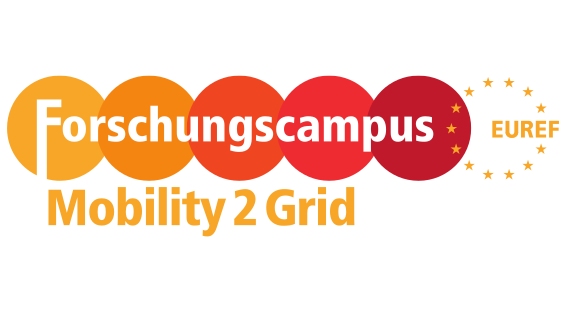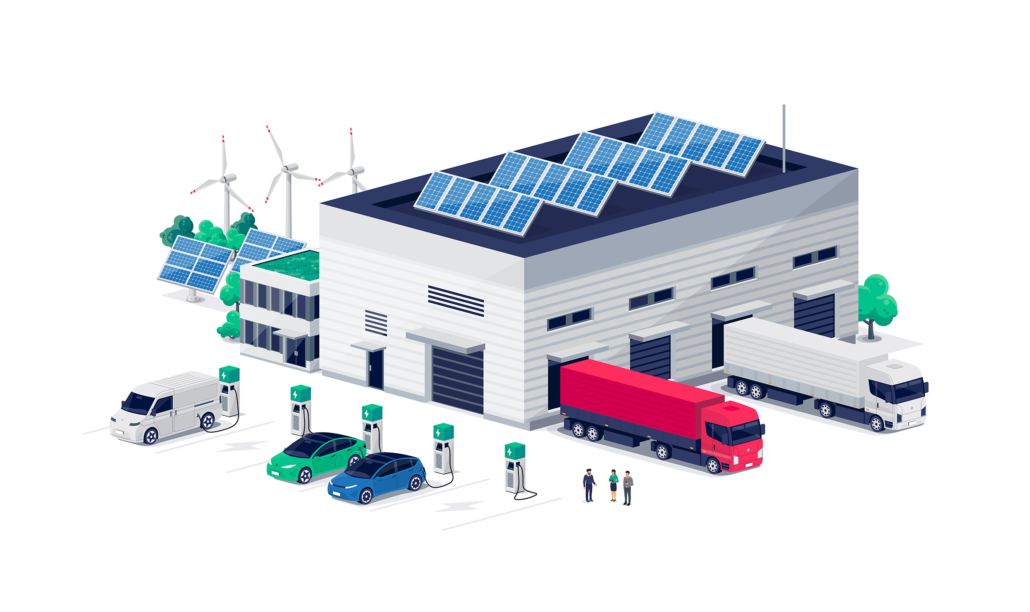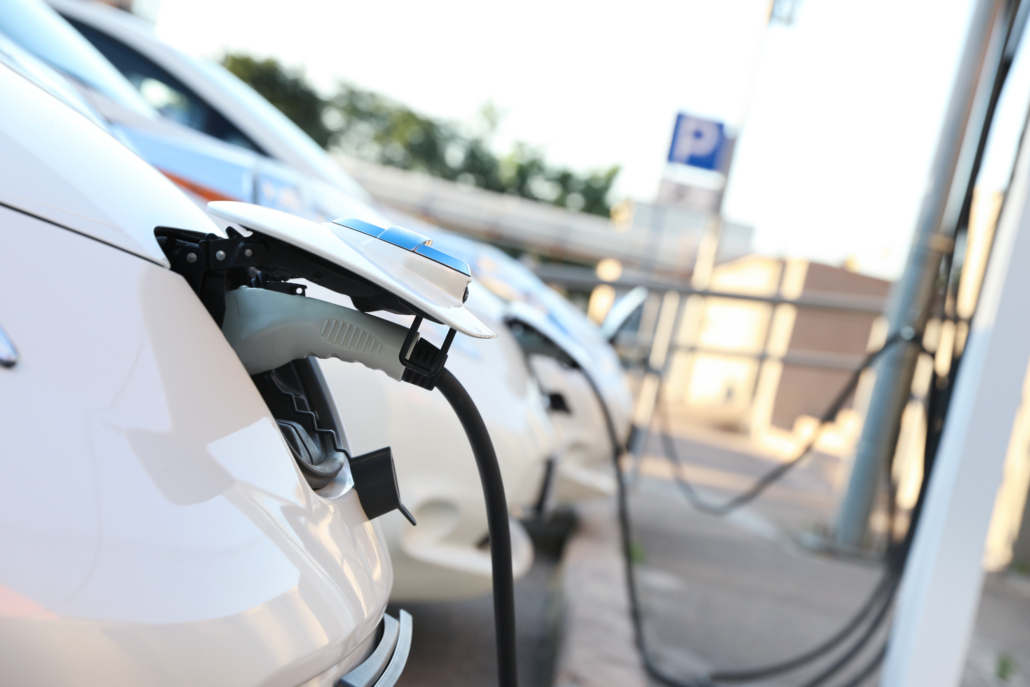Work module 3
Transportation in urban metropolitan areas involves all kinds of users and fleets. In future, electrifying these fleets will require energy to be supplied to various infrastructures. This requirement is a result of the fleets’ many different driving profiles and transportation capacities. For example, it is slower to charge with an AC current than it is with a DC current, so the feasibility of this option will depend on the route due to be driven. As an energy-supply technology, battery changes are beneficial when using vehicles commercially, and the hydrogen helps when regularly covering long distances with heavy loads. WM 3 examines the notion of connecting cars, public transport, commercial vehicles and logistics fleets to the infrastructure as modes of transport. The focus is on supplying energy through various infrastructures at one location – the multi-purpose mobility hub. The module analyses the usage profiles of different fleet types, and conducts technological assessments of infrastructures for vehicle energy supplies. This addresses the question of how fleets and infrastructures can be combined in terms of energy requirements, and operated at a technological, economic and cross-player level. It will examine the impacts of alternative drive technologies on logistics processes, as well as how new processes and process times are integrated into logistics management systems. A demonstration version of a multi-purpose mobility hub will be set up in WM 3. Aspects relating to integration of the hub’s data will be examined by developing an independent charging management system. Ways of providing system services for the grid will be developed and tested – both through simulation and in test cases. The area focusing on fleet electrification, meanwhile, will involve in-depth analyses on the implementation of low-emission logistics transportation using fuel-cell lorries.
Aims
Partners
mehr …
mehr …
mehr …
mehr …





